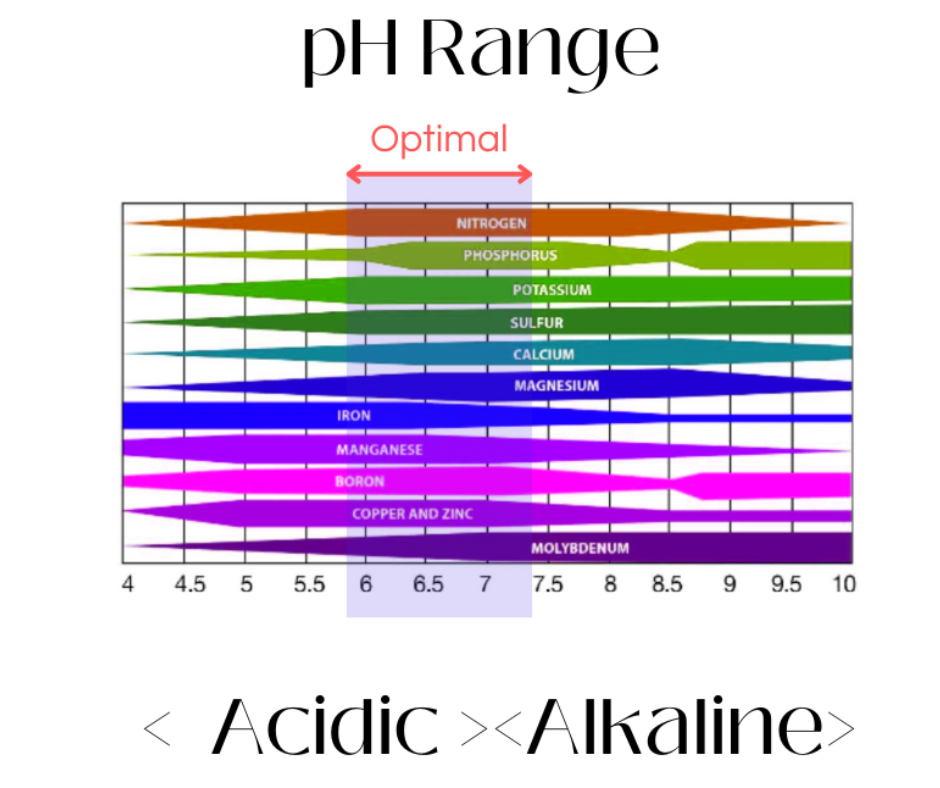What pH is Best for my Lawn?

Ok, I know boring right! I get it. Do you really need to know the pH of your soil that your lawn is growing in? It’s beneficial yes, let’s say that. Why, because it determines what nutrients are available in the soil for your lawn. Can you grow grass not knowing this? Yes, but not as well.
An example:
No matter what fertilizer I put down I never seem to get any decent growth or color out of it. In this instance you may have a high pH (Alkaline Soil). If your pH is above 7.5, Manganese, Boron, Copper, Zinc and Iron are being locked up in the soil and not being made readily available to the turfgrass. Wasted money is a result of your last fertilizer application in this scenario. pH needs to be lowered in order for the plant to take advantage of this situation. Can you grow grass not knowing this situation? Yes, but not as well.
No matter what fertilizer I put down my grass always seems limp, thin, yellow and weak after it’s been hot. This could be a case where your pH is too low (Acidic). Below 6 pH the soil starts to lock up essential nutrients again. Potassium, magnesium, calcium, sulfur, molybdenum and phosphorus are all being held in the soil. Potassium for example is essential in maintaining the plants vigor, ability to uptake water from the soil and recover from stress events such as heat or cold. Can you grow grass not knowing this situation? Yes, but not as well.

A good range for growing grass is between 5.8 to 7.4. Here most nutrients are readily available, here you will not waste money, here you will not be reacting to negative impacts to your grass. Might be worth the $30 soil test kit now right!
So, what do you do if your soil is too acidic? Apply liming materials such as: dolomite, dolomitic limestone or calcitic limestone. What about if it is too alkaline? Apply sulfur containing compounds such as, ammonium sulphate, potassium sulphate and any sulfur coated urea products.
© 2023 LaPageBrands, LLC. All rights reserved.

